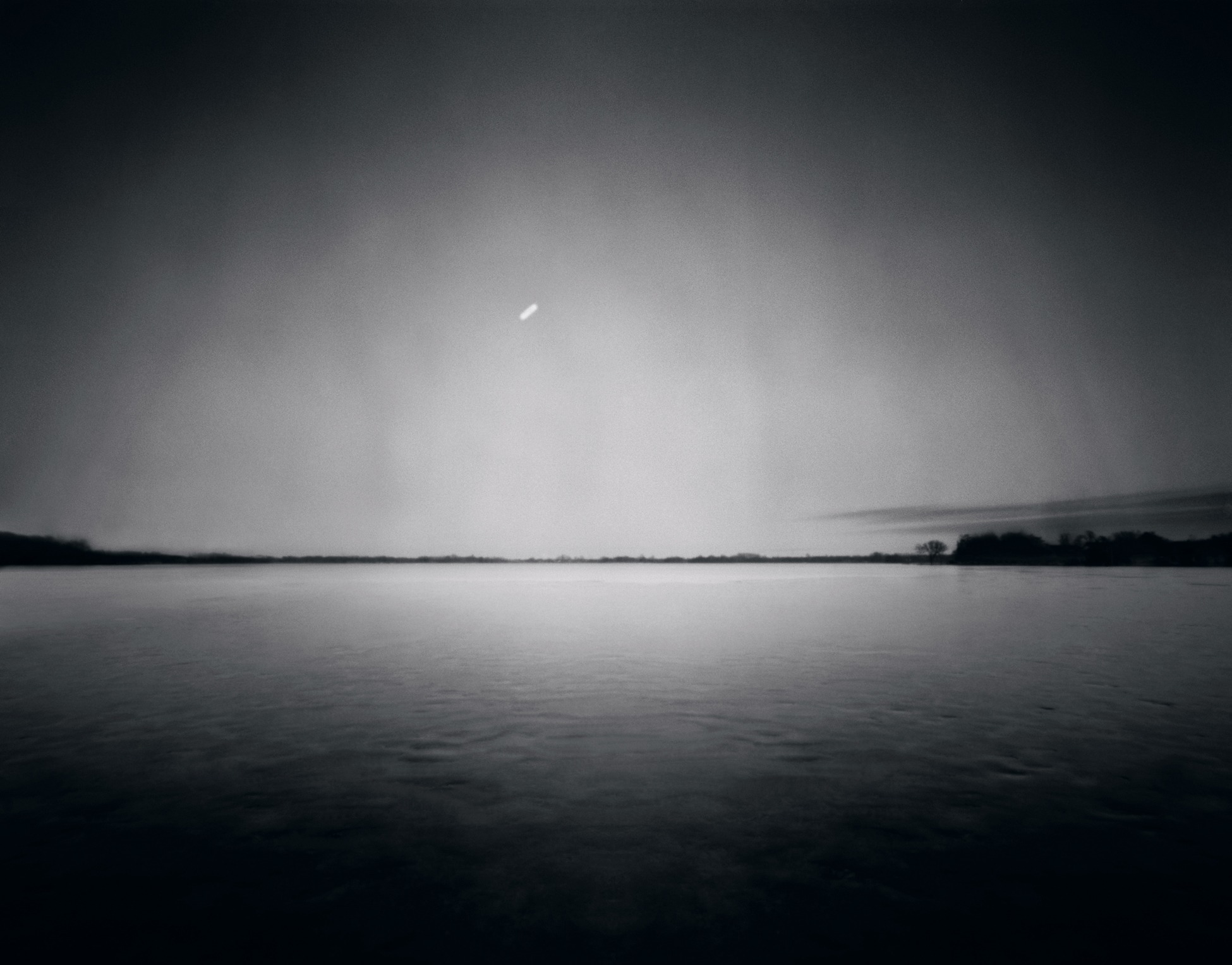Showing the Invisible

Painting with the Sun
When I graduated from art school and had just started making pinhole photographs, a teacher introduced me to the work of Tarja Trygg. She is from Finland and used pinhole cameras to show the invisible, documenting the differences in the sun’s path worldwide.
A Global Project
Tarja’s solargraphy project allowed anyone around the world to participate. The process was simple: participants only had to:
- Position a pinhole camera facing the sun
- Open the pinhole, then close the camera after exposure by covering it with black tape
- Return the camera to Tarja, who would take care of the rest
This collaborative project captured the movement of the sun, allowing people from around the world to see their part of the sky in this fascinating format.
What is Solargraphy
The technique she used is called solargraphy. It is an image made with a pinhole camera (a can with a tiny hole) and a long exposure time. Inside the pinhole camera, you use a piece of photographic paper sensitive to light. The exposure times can range from one day to six months. After exposure, no chemicals are needed as the image is already visible on the paper’s emulsion. You can scan the overexposed negative in a dim room, and the image will appear. The image will be in colour even when black and white paper is used.
The process is simple but magical:
- Long exposure with a pinhole camera
- Light-sensitive paper captures the image
- No development chemicals are needed; just scanning the overexposed negative
The first solargraphs were published online in 2000 by the pioneers of this technique, who called themselves Solaris. Three photographers were involved: Slawomir Decyk, Pawel Kula and Diego Lopez Calvin. Tarja was inspired by a workshop she did with them in Poland and continued their project.
A Fascinating Technique
Today, this technique is widely recognized and practiced. You’ll find it everywhere online and even in newspapers, which is no surprise given its fascinating nature. It reveals something invisible, something that usually remains hidden from the naked eye.
A Personal Experiment
I tried it myself back then. I positioned a pinhole camera loaded with a piece of photographic paper towards the sun for a few weeks, and the magic of this process blew me away. However, at that time, I was too focused on refining my technique and deepening my knowledge of pinhole photography. So, I forgot about solargraphy for a very long time.
Until accidentally, I made that one picture.
The Rising Moon
I worked on an assignment to capture my perspective on a local lake. For this project, I created a photographic triptych in which I tried to draw a line between past and present. I did this by photographing the rising moon, sunset and sunrise, quiet moments in which you can feel a connection with the past.
I took the image of the rising moon at twilight, so the exposure time was much longer than usual, about ten minutes, to be exact. Only after developing the film did I realize that the moon would appear as a white line. I liked it, and that’s when I remembered the solargraphs from many years ago.
Experimenting with Film and Long Exposure Times
I started looking for ways to photograph landscapes with a one-day exposure using film instead of photographic paper. I preferred film because it would capture more detail. After some research, I began experimenting with 12-hour exposures using film negatives. To prevent overexposure, I used several layers of neutral density filters to partially block the light.
After many weeks of testing with different exposure times, film types and neutral density filter combinations, the first exposures were successful. I was able to show the invisible path of the sun in my landscape images.
A Shift in Approach
I am still thrilled to show these lines in my pictures and have refined the technique over time. However, since patience is not always on my side, and the method is very slow and not unique, I developed a new approach to incorporate the lines into my images. I now also move the camera toward the sun after a two-minute exposure. This creates a different type of line, adding a new dimension to the images.
Time and Nature
Although I still love the cyclical movement of time, water, and the contemplative nature of the long exposures.
They act as metaphors for visualizing the passage of time. As Diego Lopez Calvin states on his website:
More and more, the images are about a dialogue with nature and the landscape rather than just the theme of time.
But everything still originates from the inspiration I got from learning about solargraphy.
So thank you very much for this, Diego Lopez Calvin, Slawomir Decyk, Pawel Kula and Tarja Trygg.
Sign up for regular updates so you never miss a blog post!
Categories
